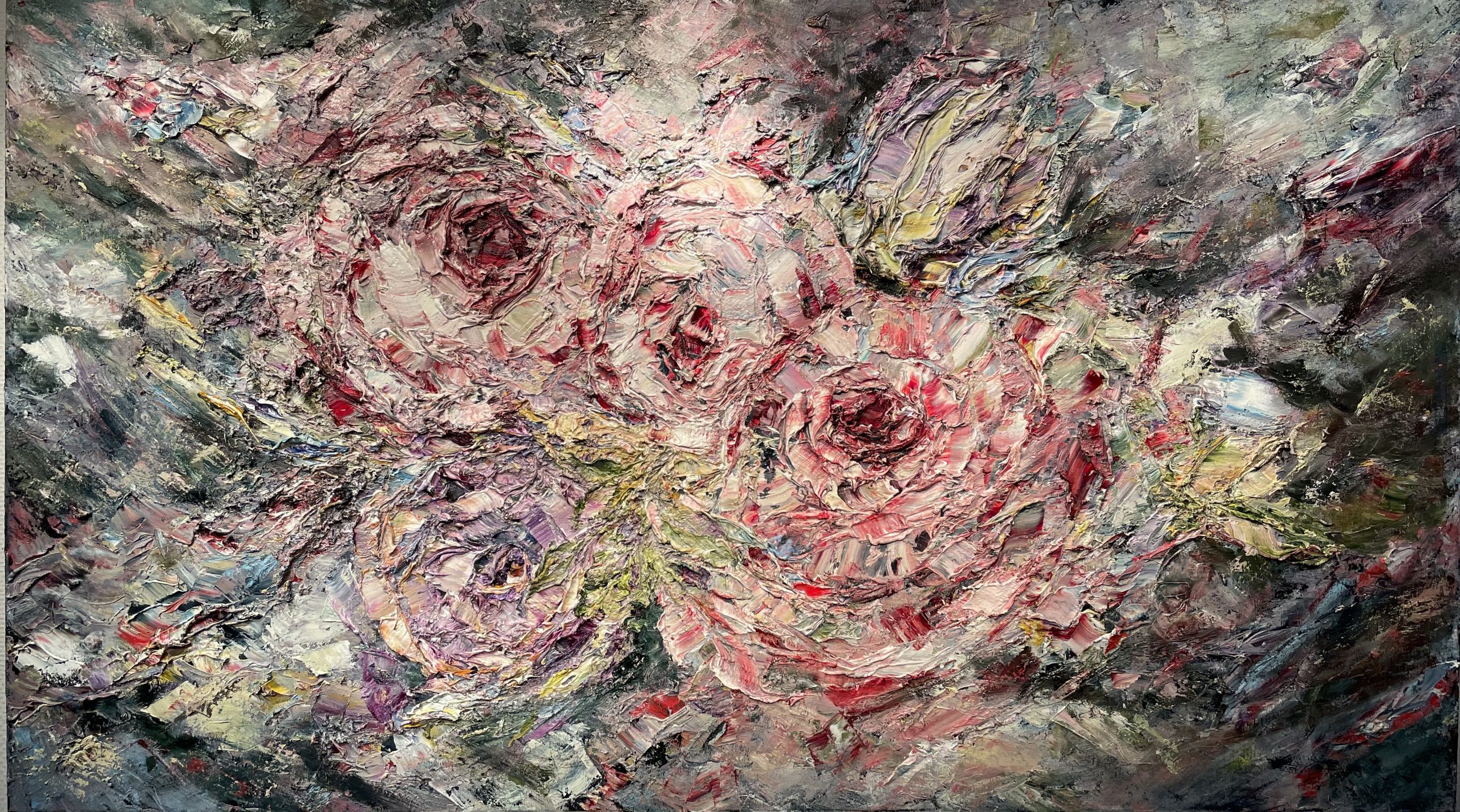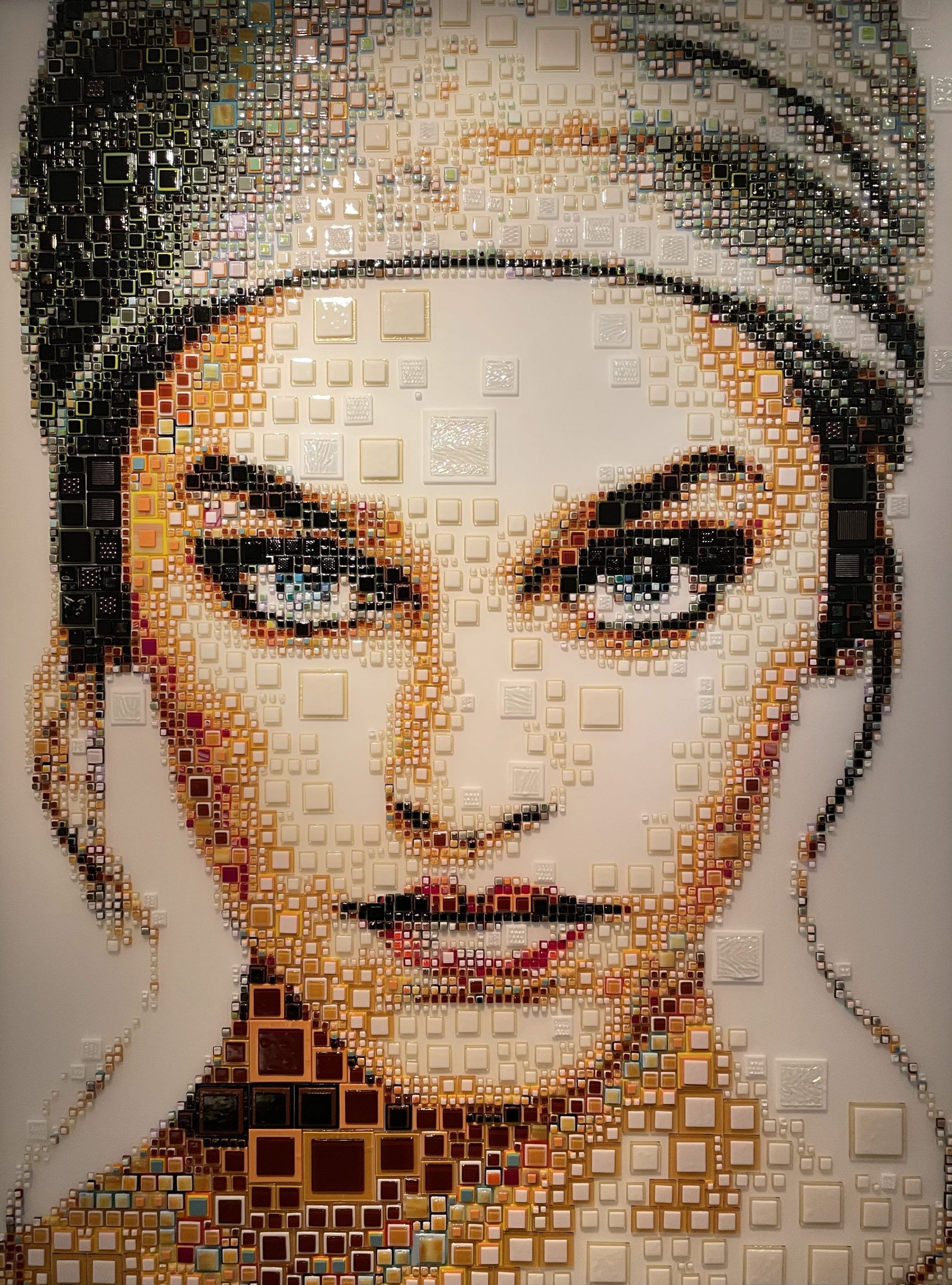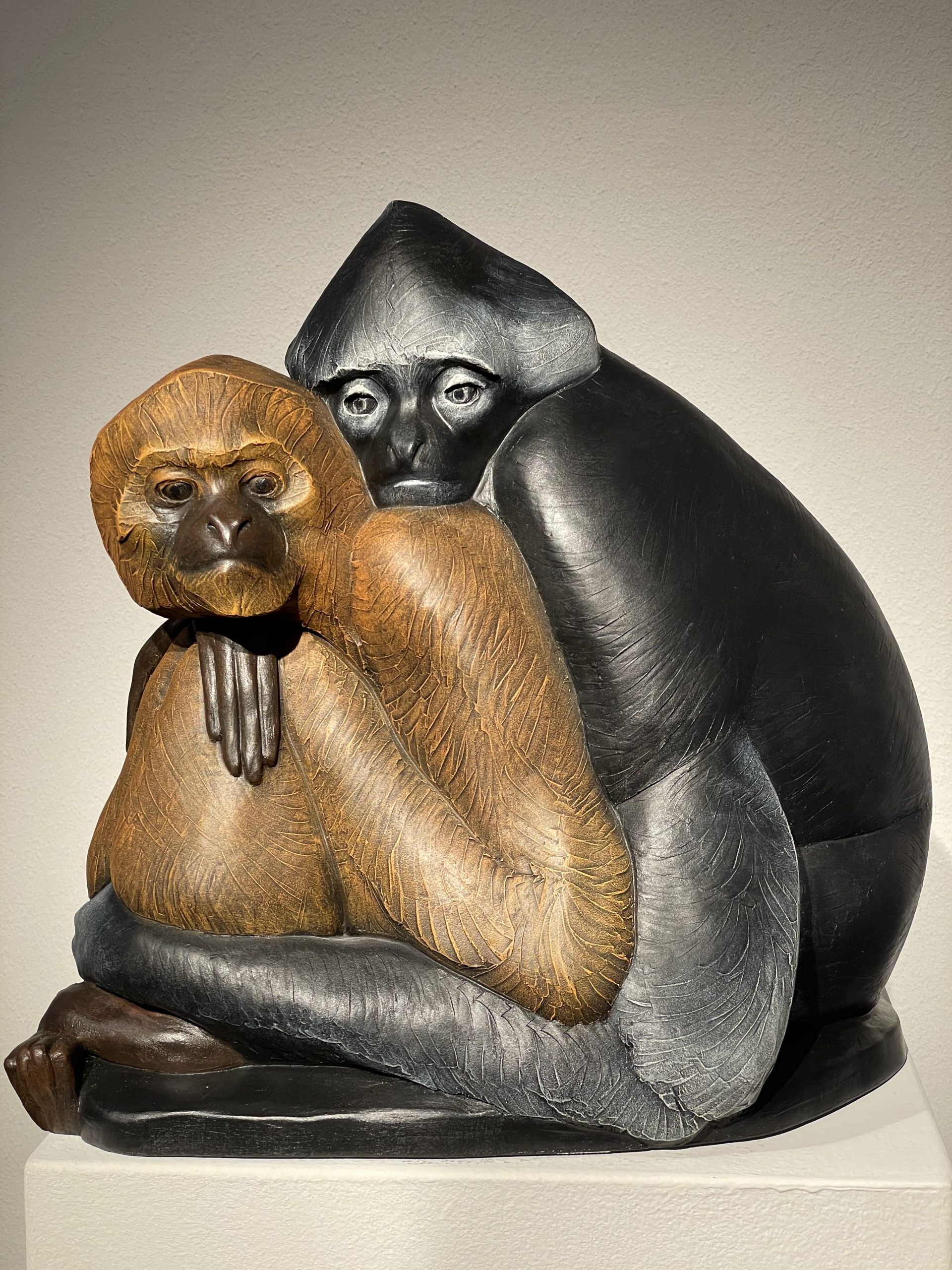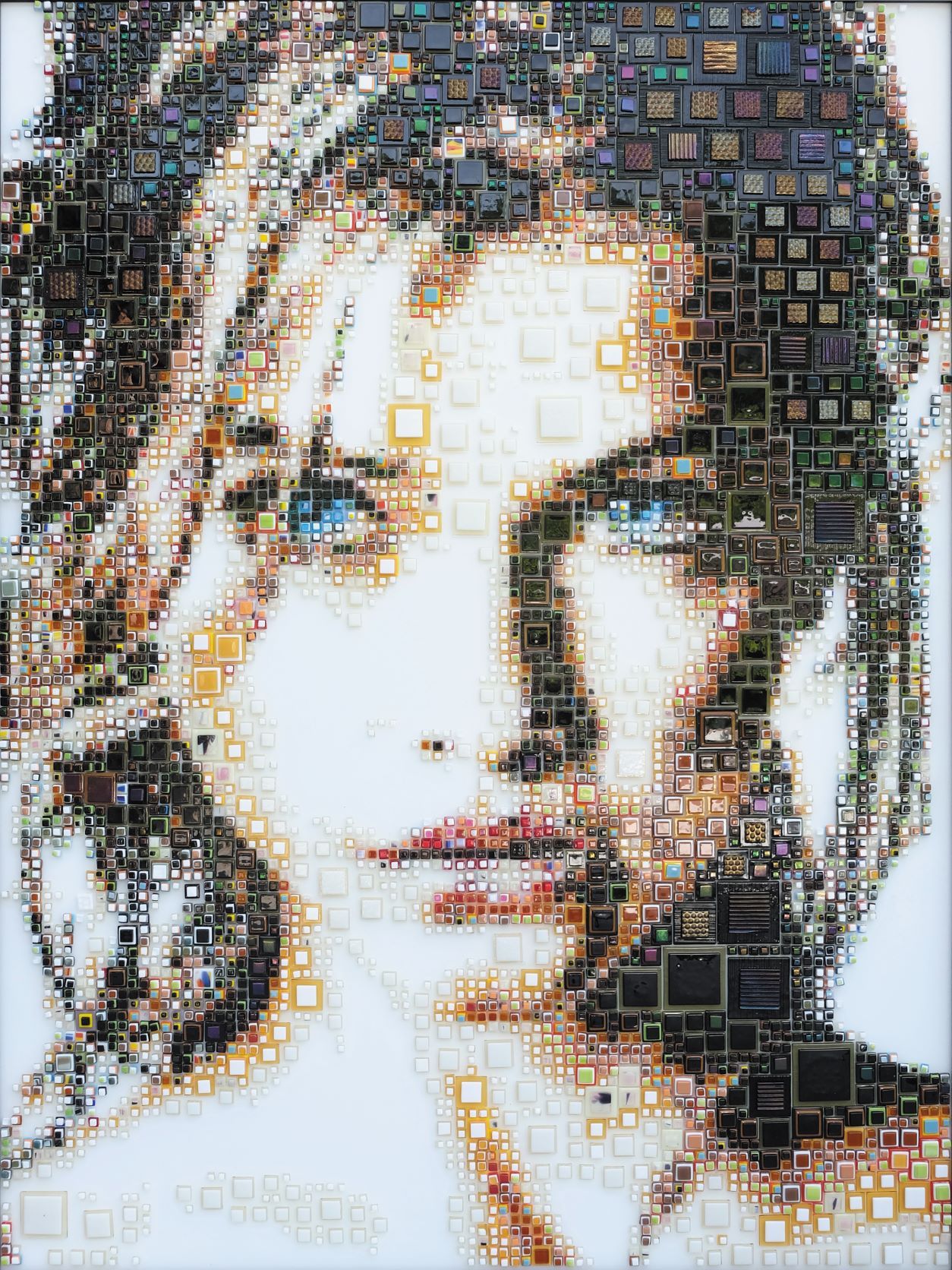Gallery Van Dun
| Specialism | Art |
|---|---|
| City | Oisterwijk |
| Address | De Lind 52 | 5061 HT |
| info@galleryvandun.com | |
| Website | www.galleryvandun.com |
| Phone Number | 0135234740 |
In the gallery in Oisterwijk you can admire versatile works of art in the form of painting glass and sculpture. In addition, leading photographers regularly fill our spaces with beautiful works of art. A new exhibition decorates our gallery every five to six weeks. This means you can enjoy beautiful art all year round in the exhibition space, which is more than six hundred square meters.
1:
Peter-Jac Steenman - Wild Peonies
80x140 cm
oil on canvas
€ 5,450
Peter-Jac Steenman
Wild Peony's is painted by Peter-Jac Steen, this artist who was born in Castricum and who has been living in Brabant for years is a real multi-talent, at a young age his grandfather gave him his first brushes and paint, later he started photographing professionally for various large clients, such as Cordaid.
2:
Isabelle Scheltjens - Lupita
177x135 cm (hxw)
Glass fusing
€ 28,000
Isabelle Scheltjens
Glass fusing is the technique that Isabelle uses in her works.
After many years of intensive experimentation and stacking countless pieces of colored glass, in order to refine her method and really master the color theory, Isabelle has succeeded! Her works consist of numerous pieces of fused glass, whereby she herself creates these stacked blocks in different colors, sizes and textures. She buys the large pieces of glass all over the world.
The end result is very similar to the old technique of pointillism, where the loose colored dots (in Isabelle glass) are very abstract up close and impressive portraits from a distance.
3:
Renée Marcus Janssen - Gibbon Monkeys
34 cm high
1/8 Ceramics
€ 2,600
Renée Marcus Janssen
These are the Gibbon monkeys of Renée Marcus Janssen, Renée was trained as a sculptor, partly in the Netherlands at the Utrecht School of the Arts and partly in Italy, at the Accademia di Belle Arti di Carrara.
She makes her sculptures in bronze and ceramics. She has developed her own technique for making the ceramic sculptures. She makes a plaster mold in several pieces on the original clay sculpture. Her method is derived from the ancient technique of mold making. She was able to observe this frequently during her studies in Italy. This technique is called 'calco a tasselli'. This was the current technique before the silicone mold (rubber) was put into use. Her original statue is unfortunately lost after the mold has been opened. This mold, once closed again, usually made of around 12 different plaster pieces, is a large puzzle, which she inserts from the inside with slices of clay of approximately 1 cm thick. The slices are pressed firmly and joined together, ultimately creating a hollow image. After standing for a day, she removes the mold. All details of the image need to be sharpened and updated. The seams created by the various pieces of the mold must also be properly closed and attached to each other. After a drying process of three weeks, the sculpture enters the ceramic kiln, where the temperature slowly rises to 1080 degrees in 14 hours. Once baked, the clay first turns yellow, red. The terracotta color that is known to everyone.
The final stage is painting the picture. Ultimately, the image gets a final protective layer and it is signed and provided with the edition number.
The images of Renée have an edition of 8, however, the images are all unique in terms of detail or finish (painting)!
1:
Peter-Jac Steenman - Wild Peonies
80x140 cm
oil on canvas
€ 5,450
Peter-Jac Steenman
Wild Peony's is painted by Peter-Jac Steen, this artist who was born in Castricum and who has been living in Brabant for years is a real multi-talent, at a young age his grandfather gave him his first brushes and paint, later he started photographing professionally for various large clients, such as Cordaid.
2:
Isabelle Scheltjens - Lupita
177x135 cm (hxw)
Glass fusing
€ 28,000
Isabelle Scheltjens
Glass fusing is the technique that Isabelle uses in her works.
After many years of intensive experimentation and stacking countless pieces of colored glass, in order to refine her method and really master the color theory, Isabelle has succeeded! Her works consist of numerous pieces of fused glass, whereby she herself creates these stacked blocks in different colors, sizes and textures. She buys the large pieces of glass all over the world.
The end result is very similar to the old technique of pointillism, where the loose colored dots (in Isabelle glass) are very abstract up close and impressive portraits from a distance.
3:
Renée Marcus Janssen - Gibbon Monkeys
34 cm high
1/8 Ceramics
€ 2,600
Renée Marcus Janssen
These are the Gibbon monkeys of Renée Marcus Janssen, Renée was trained as a sculptor, partly in the Netherlands at the Utrecht School of the Arts and partly in Italy, at the Accademia di Belle Arti di Carrara.
She makes her sculptures in bronze and ceramics. She has developed her own technique for making the ceramic sculptures. She makes a plaster mold in several pieces on the original clay sculpture. Her method is derived from the ancient technique of mold making. She was able to observe this frequently during her studies in Italy. This technique is called 'calco a tasselli'. This was the current technique before the silicone mold (rubber) was put into use. Her original statue is unfortunately lost after the mold has been opened. This mold, once closed again, usually made of around 12 different plaster pieces, is a large puzzle, which she inserts from the inside with slices of clay of approximately 1 cm thick. The slices are pressed firmly and joined together, ultimately creating a hollow image. After standing for a day, she removes the mold. All details of the image need to be sharpened and updated. The seams created by the various pieces of the mold must also be properly closed and attached to each other. After a drying process of three weeks, the sculpture enters the ceramic kiln, where the temperature slowly rises to 1080 degrees in 14 hours. Once baked, the clay first turns yellow, red. The terracotta color that is known to everyone.
The final stage is painting the picture. Ultimately, the image gets a final protective layer and it is signed and provided with the edition number.
The images of Renée have an edition of 8, however, the images are all unique in terms of detail or finish (painting)!



